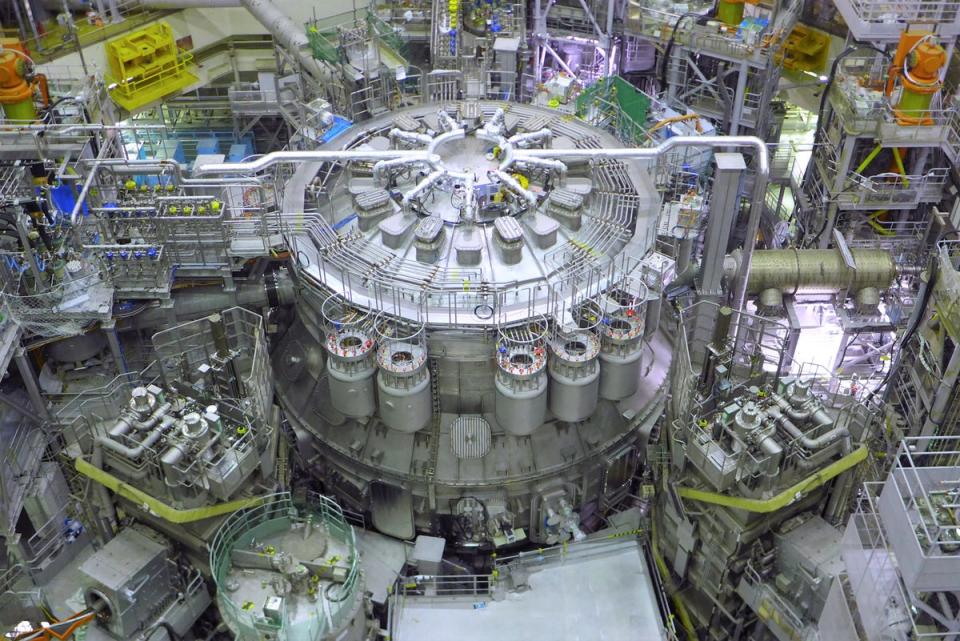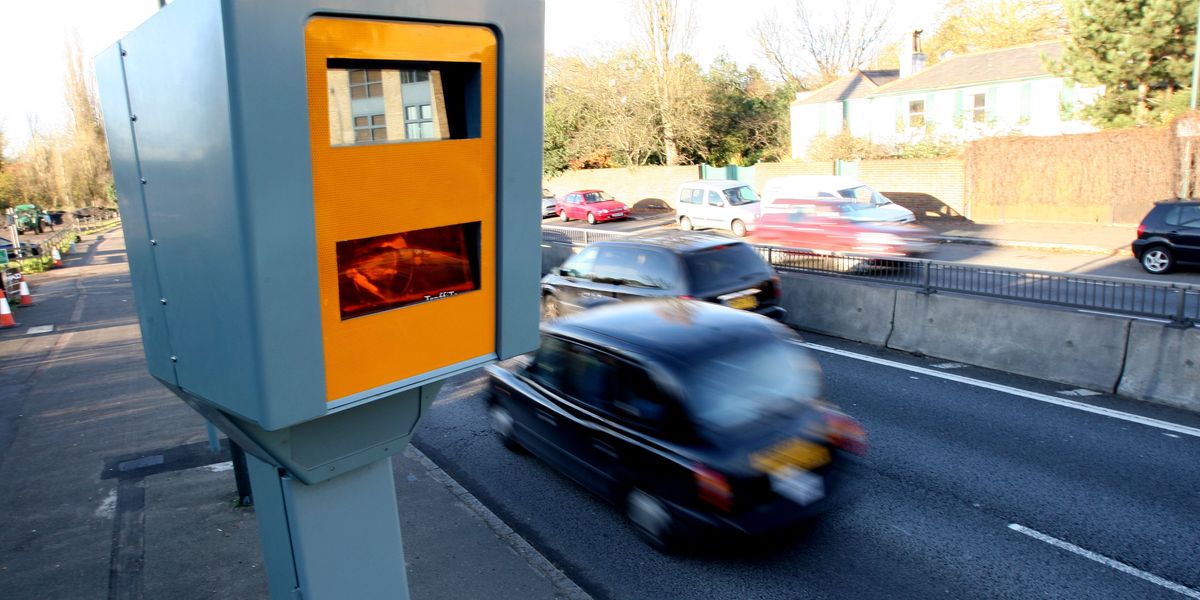The world’s biggest nuclear fusion reactor has begun operations in Japan, marking a major milestone towards achieving the “holy grail” of clean energy.
The experimental JT-60SA reactor in Japan’s Ibaraki Prefecture offers the best opportunity yet to test nuclear fusion as a sustainable and near limitless power source.
Harnessing the same natural reactions found within the sun, nuclear fusion requires no fossil fuels and leaves behind no hazardous waste.
The JT-60SA reactor is a joint project between the European Union and Japan, aiming to investigate the feasibility of the next-generation energy source.
“The generation of fusion energy does not produce carbon dioxide – making it an important technology in the path to net zero emissions,” the European Union’s directorate-general for energy said in a press release.
“The fusion reaction is intrinsically safe: it stops when the fuel supply or power source is shut down. It generates no high-level long-lived radioactive waste. Because of these characteristics, fusion qualifies as one of the next-generation energy sources that simultaneously addresses energy supply and environmental challenges.”
Since it was first conceived of by physicists in the 1950s, nuclear fusion has challenged scientists around the world. Major breakthroughs in recent years have reignited hope that it can be realised at scale within the next decade.
The opening of the JT-60SA reactor comes just one year after scientists at the Lawrence Livermore National Laboratory in California achieved a net energy gain with nuclear fusion for the first time.
The scientists used lasers to fuse two light atoms into a single one, releasing 3.15MJ (megajoules) of energy from 2.05MJ of input – roughly enough to boil a kettle.

The same team were able to repeat the experiment earlier this year, achieving an even greater net energy gain than the first time.
Physicist Arthur Turrell, who was not involved in the research, described the achievement of nuclear fusion ignition as “a moment of history” that could define a new era of energy.
“Controlling the power source of the stars is the greatest technological challenge humanity has ever undertaken,” he said. “This experimental result will electrify efforts to eventually power the planet with nuclear fusion – at a time when we’ve never needed a plentiful source of carbon-free energy more.”
One of the main objectives for the newly opened reactor, which measures six stories in height, is to replicate the feat of producing a net surplus of energy.
An even bigger nuclear fusion reactor is currently under construction in France, and is expected to begin operations in 2025.












